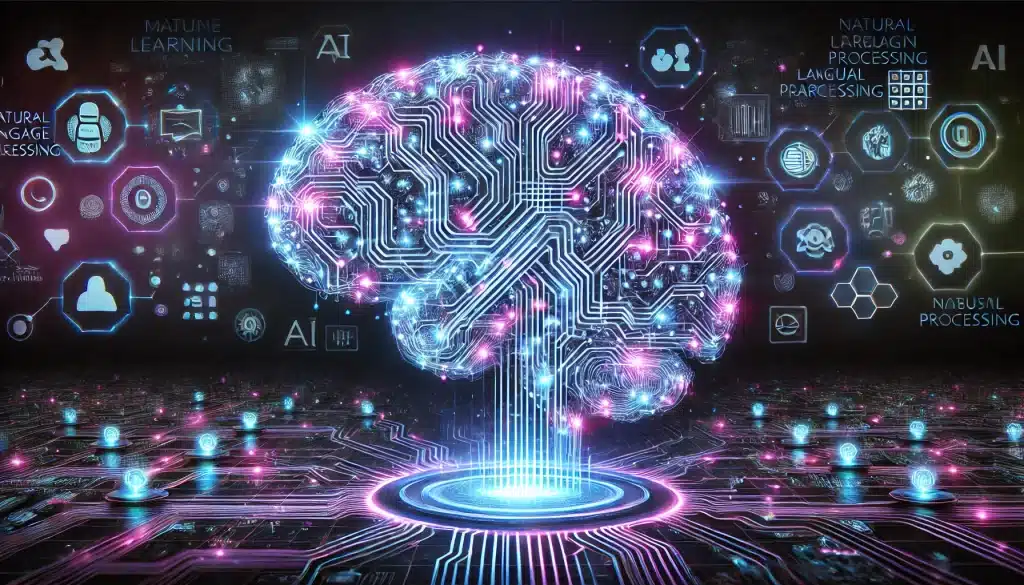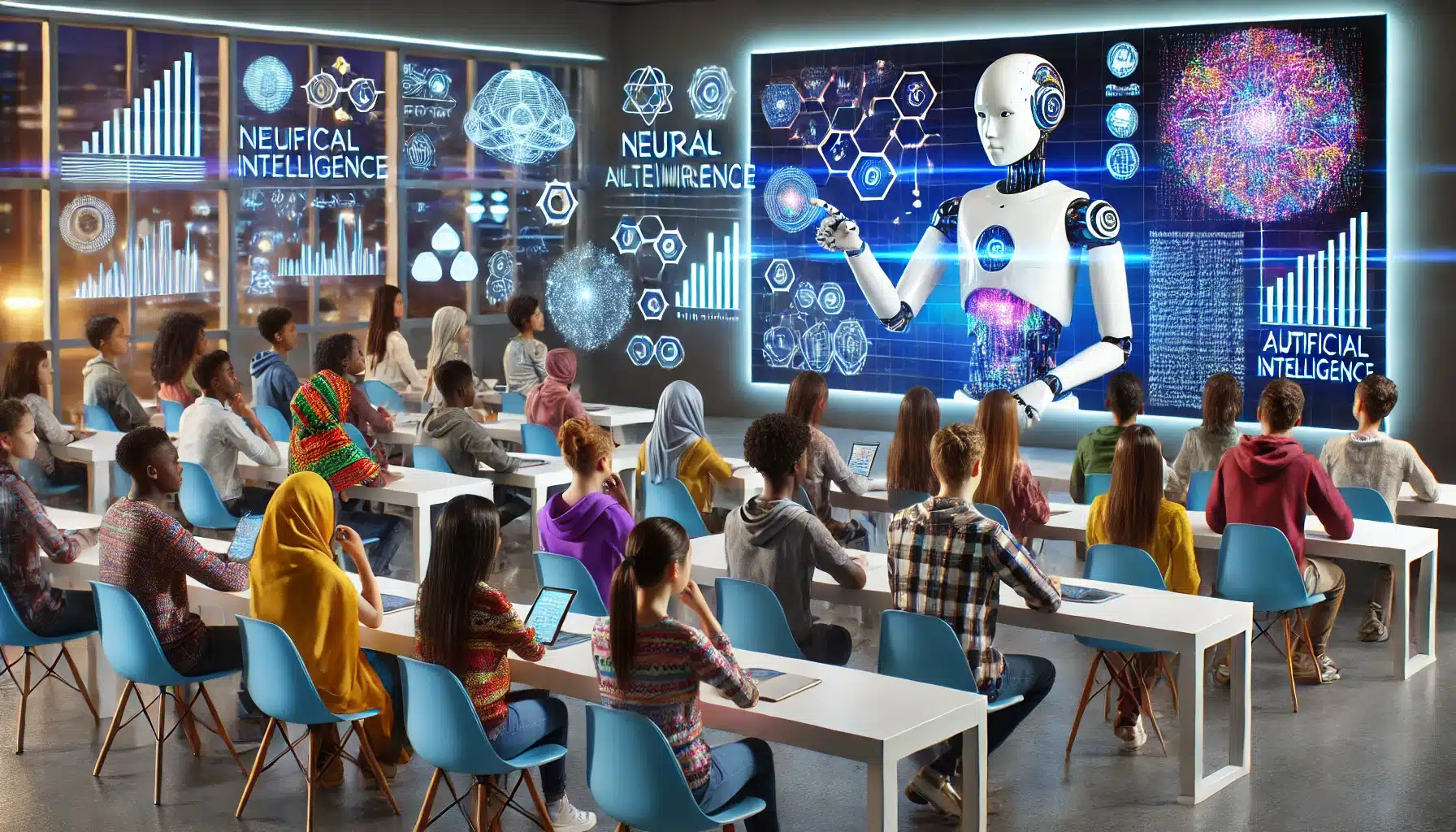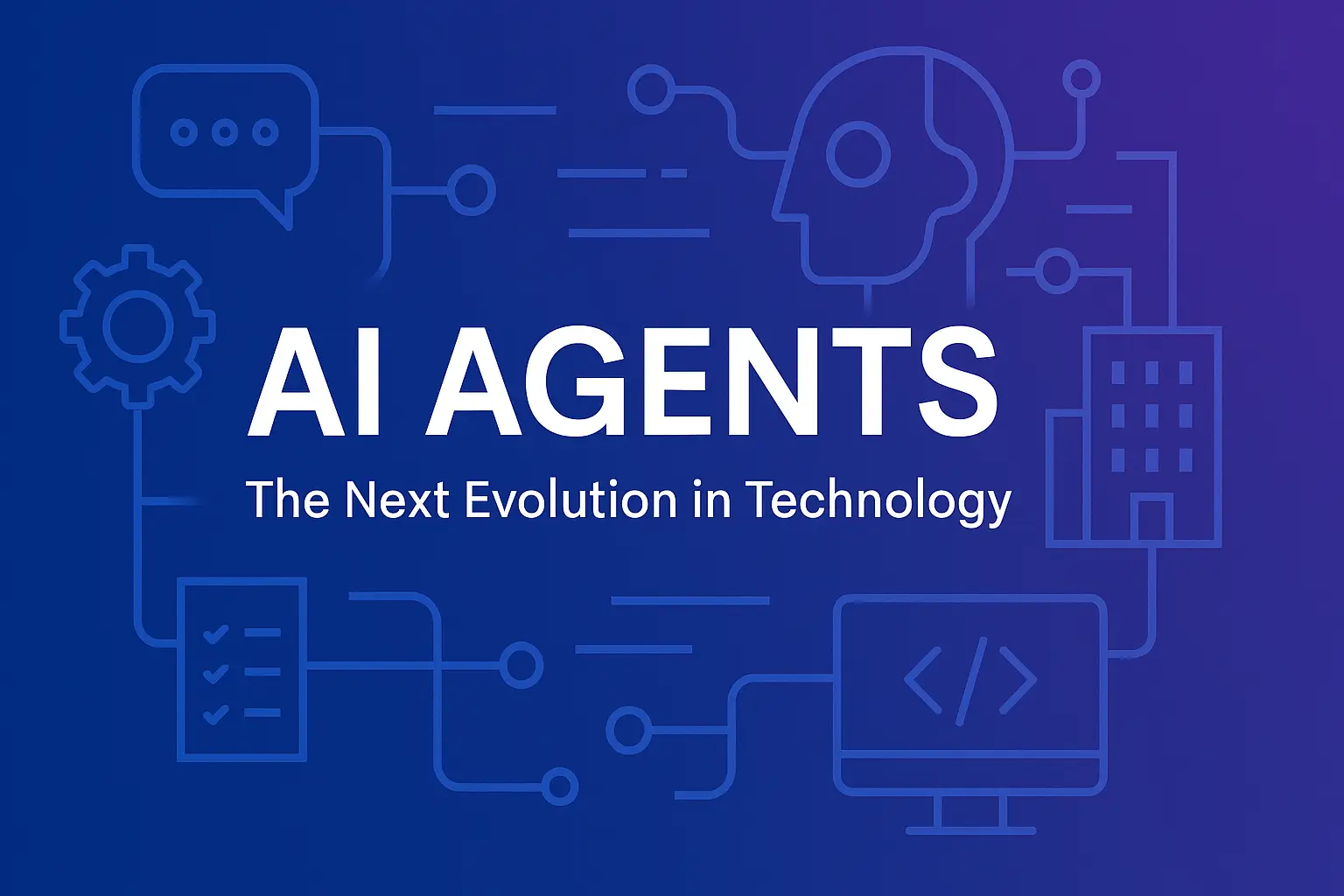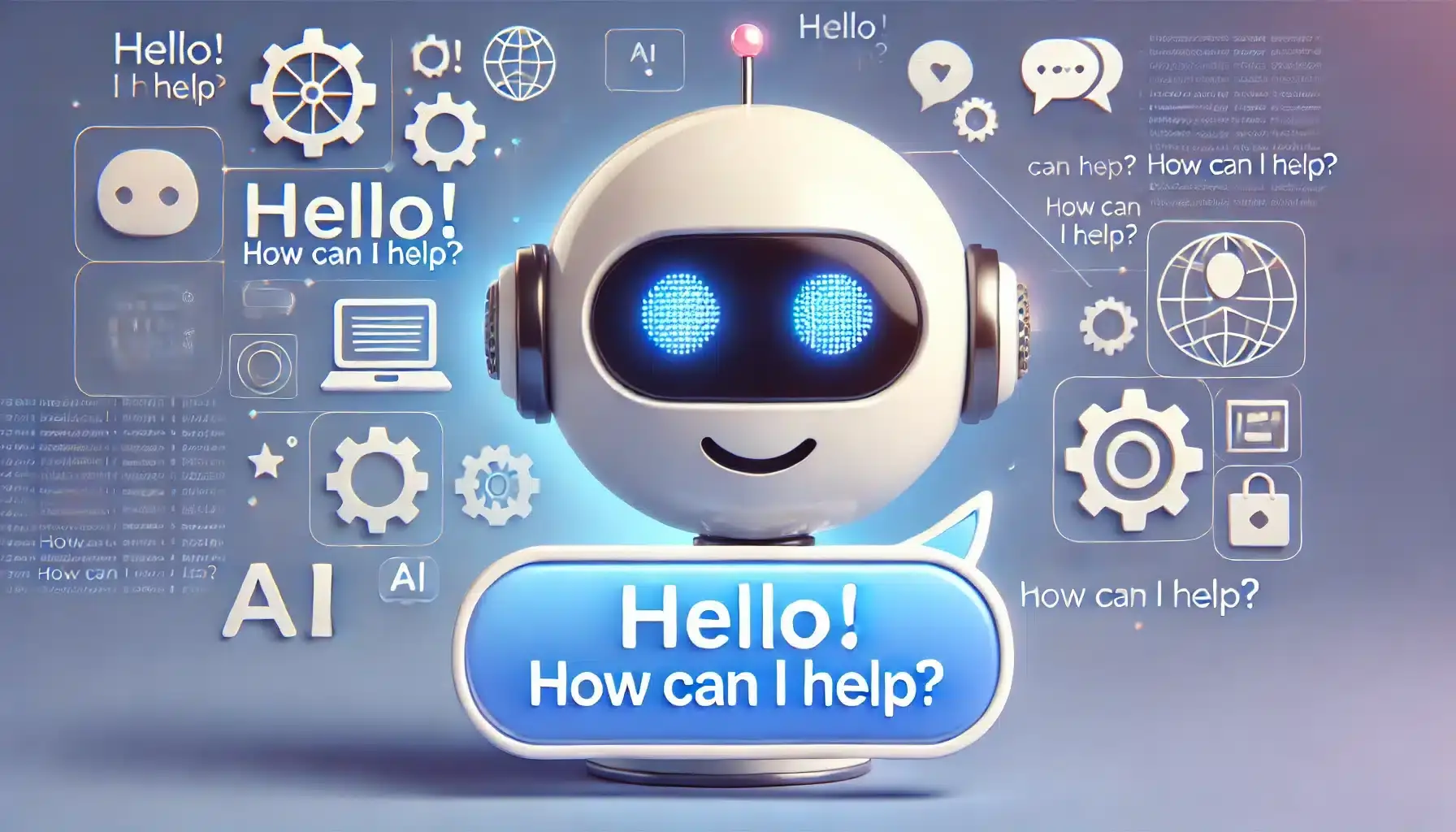Table of Contents
- Why Understanding AI Matters Now More Than Ever
- What is Artificial Intelligence? A Simple Definition
- The Spectrum of AI: From Narrow to Superintelligence
- Key Concepts That Power AI
- Machine Learning (ML)
- Deep Learning
- Natural Language Processing (NLP)
- Real-World Applications of AI
- Ethical Considerations in AI
- Your Journey into AI Begins Now
- Glossary of Key AI Terms
Why Understanding AI Matters Now More Than Ever
The world is buzzing about Artificial Intelligence (AI). From chatbots to self-driving cars, AI is rapidly transforming how we live and work. But what exactly is AI, and how does it work? If you’re a beginner eager to understand the fundamentals, you’ve come to the right place. This comprehensive guide will demystify AI, break down key concepts, and provide you with a solid foundation for further exploration.
Why AI Literacy is Essential
AI is no longer a futuristic concept. It’s an integral part of our present, and its influence will only grow. Understanding the core principles of AI allows you to:
- Navigate the evolving tech landscape: AI is shaping industries across the board, from healthcare and finance to entertainment and education.
- Make informed decisions: Whether you’re a consumer or a business professional, understanding AI empowers you to evaluate AI-powered products and services.
- Prepare for the future of work: AI is changing job roles and creating new opportunities. Acquiring AI literacy is essential for career advancement.
- Engage in informed discussions: As AI becomes more prevalent, it’s crucial to understand its ethical implications and participate in meaningful conversations.
What is Artificial Intelligence? A Simple Definition
At its core, Artificial Intelligence (AI) refers to the simulation of human intelligence processes by machines, especially computer systems. These processes include:
- Learning: The acquisition of information and rules for using the information.
- Reasoning: Using rules to reach approximate or definite conclusions.
- Self-correction: Improving performance over time based on feedback.
In simpler terms, AI aims to create machines that can think and act like humans. This involves developing algorithms and systems that can:
- Learn from data
- Recognize patterns
- Solve problems
- Make decisions
The Spectrum of AI: From Narrow to Superintelligence
AI is not a monolithic entity. It encompasses a range of capabilities, broadly classified into three categories:
1. Narrow AI (Weak AI)
- This is the type of AI we encounter most frequently today.
- It’s designed to perform specific tasks, such as playing chess, recognizing faces, or recommending products.
- Examples include virtual assistants like Siri and Alexa, recommendation algorithms on streaming platforms, and spam filters.
2. General AI (Strong AI)
- This refers to AI with human-level intelligence.
- It can understand, learn, and apply knowledge across a wide range of tasks, just like a human.
- General AI is still largely theoretical and remains a long-term goal for AI researchers.
3. Super AI
- This is a hypothetical form of AI that surpasses human intelligence in all aspects.
- It’s capable of solving problems and creating solutions that are beyond human comprehension.
- Super AI is a subject of much debate and speculation.
Key Concepts That Power AI
To truly grasp AI, it’s essential to understand the underlying concepts that drive its capabilities:
1. Machine Learning (ML)
- Machine learning is a subset of AI that enables machines to learn from data without explicit programming.
- Instead of being explicitly told what to do, ML algorithms identify patterns and relationships in data and use them to make predictions or decisions.
- Types of Machine Learning:
- Supervised Learning: The algorithm learns from labeled data, where the correct output is provided.
- Unsupervised Learning: The algorithm learns from unlabeled data, discovering hidden patterns and structures.
- Reinforcement Learning: The algorithm learns through trial and error, receiving rewards or penalties for its actions.
2. Deep Learning

- Deep learning is a subfield of machine learning that uses artificial neural networks with multiple layers (hence “deep”).
- These neural networks are inspired by the structure and function of the human brain.
- Deep learning excels at tasks involving complex patterns, such as image recognition, natural language processing, and speech recognition.
3. Natural Language Processing (NLP)
- NLP is a branch of AI that focuses on enabling computers to understand, interpret, and generate human language.
- It allows machines to interact with humans in a natural and intuitive way.
- Examples of NLP applications include chatbots, language translation tools, and sentiment analysis.
Real-World Applications of AI
AI is already transforming numerous industries and aspects of our lives:
- Healthcare: AI is used for disease diagnosis, drug discovery, and personalized medicine.
- Finance: AI powers fraud detection, algorithmic trading, and personalized financial advice.
- Transportation: AI is driving the development of self-driving cars and optimizing traffic flow.
- Entertainment: AI recommends movies and music, generates personalized playlists, and creates immersive gaming experiences.
- Customer Service: AI-powered chatbots provide instant support and answer customer inquiries.
- Marketing: AI is used for targeted advertising, personalized recommendations, and customer segmentation.
Ethical Considerations in AI
As AI becomes more powerful, it’s crucial to address the ethical implications:
1. Bias in AI
- AI algorithms can inherit biases from the data they are trained on, leading to unfair or discriminatory outcomes.
- Example: A hiring algorithm that favors one demographic over another due to biased training data.
2. Privacy Concerns
- AI systems often collect and process vast amounts of personal data, raising concerns about privacy and security.
- Example: Facial recognition systems that track individuals without their consent.
3. Job Displacement
- AI automation may lead to job losses in certain industries.
- Example: Self-checkout systems replacing cashiers in retail stores.
4. Autonomous Weapons
- The development of AI-powered weapons raises ethical concerns about accountability and control.
- Example: Drones that can make lethal decisions without human intervention.
Your Journey into AI Begins Now
This guide has provided you with a foundational understanding of AI. But the journey doesn’t end here. Here are some steps you can take to further your AI knowledge:
- Take online courses: Platforms like Coursera and edX offer beginner-friendly AI courses.
- Read books and articles: Check out books like “Artificial Intelligence: A Guide to Intelligent Systems” by Michael Negnevitsky.
- Experiment with AI tools: Try platforms like Google’s Teachable Machine to build simple AI models.
- Join AI communities: Participate in forums like AI Stack Exchange or Reddit’s r/MachineLearning.
- Stay updated: Follow AI news on websites like Towards Data Science.
Ready to dive deeper into AI? Subscribe to our newsletter for the latest insights and resources!
Glossary of Key AI Terms
- Algorithm: A set of rules or instructions that a computer follows to perform a task.
- Artificial Intelligence (AI): The simulation of human intelligence processes by machines.
- Deep Learning: A subfield of machine learning that uses artificial neural networks.
- Machine Learning (ML): A subset of AI that enables machines to learn from data.
- Natural Language Processing (NLP): A branch of AI that focuses on enabling computers to understand human language.
- Neural Network: A computational model inspired by the structure and function of the human brain.
External Links
- Link to authoritative sources, such as:




